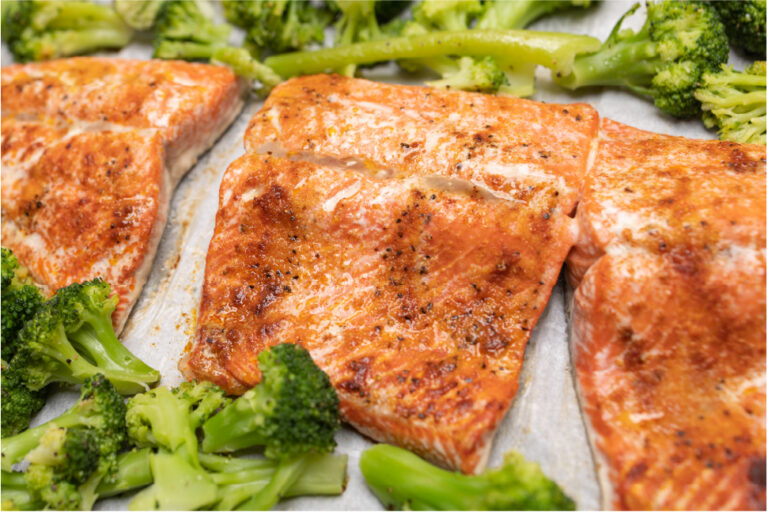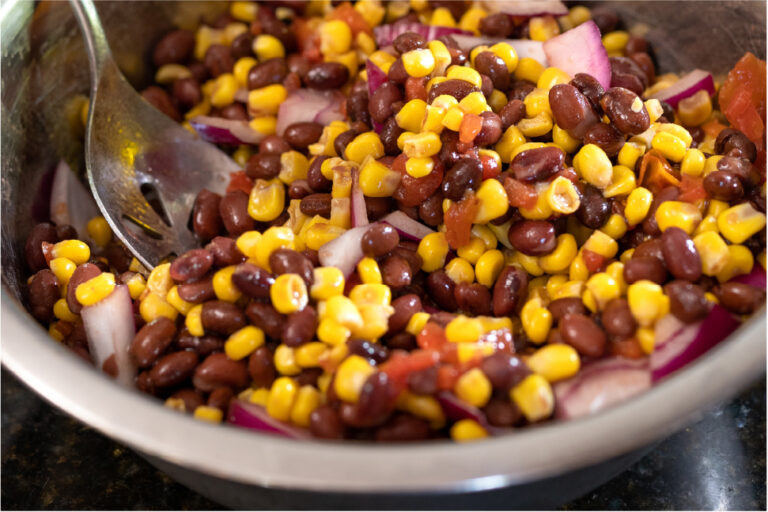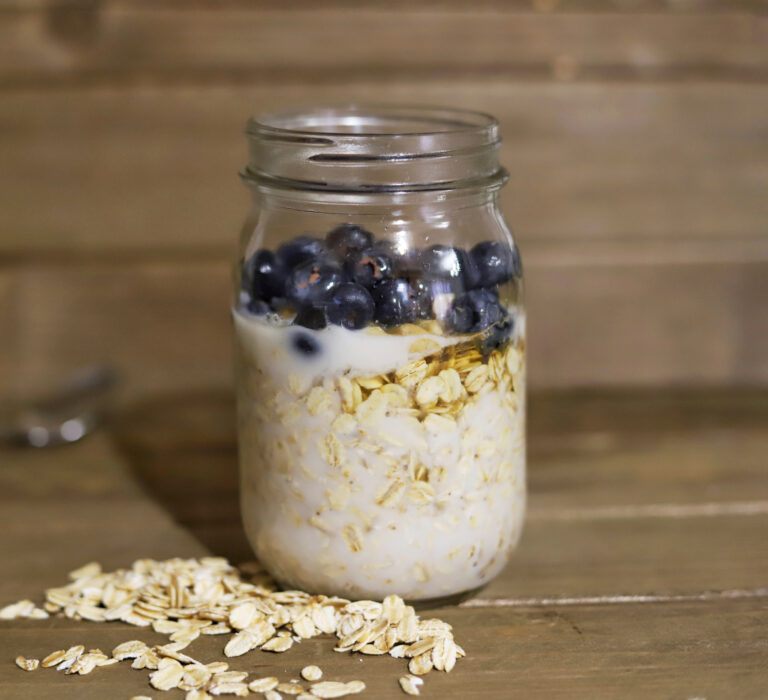Eating fruits, vegetables and whole grains with loved ones nurtures our families and shapes our communities.
Adding Fiber
Eating the recommended 25-35 grams per day of fiber protects your health in many ways. Fiber helps make you feel full, regulates your digestive system and works to prevent or help manage diabetes. Many traditional Alaska foods, like wild greens and berries, are good sources of fiber. Whole grains, like oatmeal or popcorn, frozen vegetables and beans are all good options to help you eat your daily amount of fiber.
Fruits and Vegetables
Adding fruits and vegetables to our meals helps our bodies in many ways. Whether fresh, canned or frozen, these foods can help protect from heart disease and diabetes.
Adding fruits, vegetables and whole grains to our meals from an early age helps establish healthy eating habits. You can add these foods to your eating routines today – there are lots of ways to do it.
Canned and frozen vegetables are preserved at their peak ripeness and keep longer than fresh ones, so stock up in the center and freezer aisles of your grocery store.
It’s OK if you don’t like some vegetables! Chances are, if you swap in a different vegetable or prepare it another way, you might enjoy it.
Recipes
From cart to table
Use our recipe finder and corresponding grocery list to inspire your next meal.

Oven Roasted Salmon with Broccoli Florets
Serves 4 | Total prep and cook time: 25 minutes

Arctic Fajitas
Serves 4 | Total prep and cook time (not including marinating): 25 minutes

Canned Black Bean and Corn Salad

Overnight Oats with Blueberries
Food Assistance Resources
Free food is available through several programs in Alaska
SNAP – Supplemental Nutrition Assistance Program
The Alaska Supplemental Nutrition Assistance Program provides food benefits to low-income households.
WIC – Women, Infants and Children Program
WIC is a public health program providing nutrition and breastfeeding education, counseling, support, nutritious foods and referrals to needed services. WIC serves babies and children up to age 5, pregnant women, and new mothers. Dads, grandparents, foster parents of young children, and working families are welcome at WIC too!
FDPIR – Food Distribution Program on Indian Reservations
Available through a number of tribes, eligible households include Alaska Native households in Alaska Native Tribal communities, American Indian and non-Indian households residing on a reservation and households living in an approved area that include at least one member of a federally recognized Tribe. To be considered, households must also meet income standards.
Videos
How we eat in Alaska
Visit two Alaska families to see how they quickly and affordably add vegetables and whole grains to their meals.




